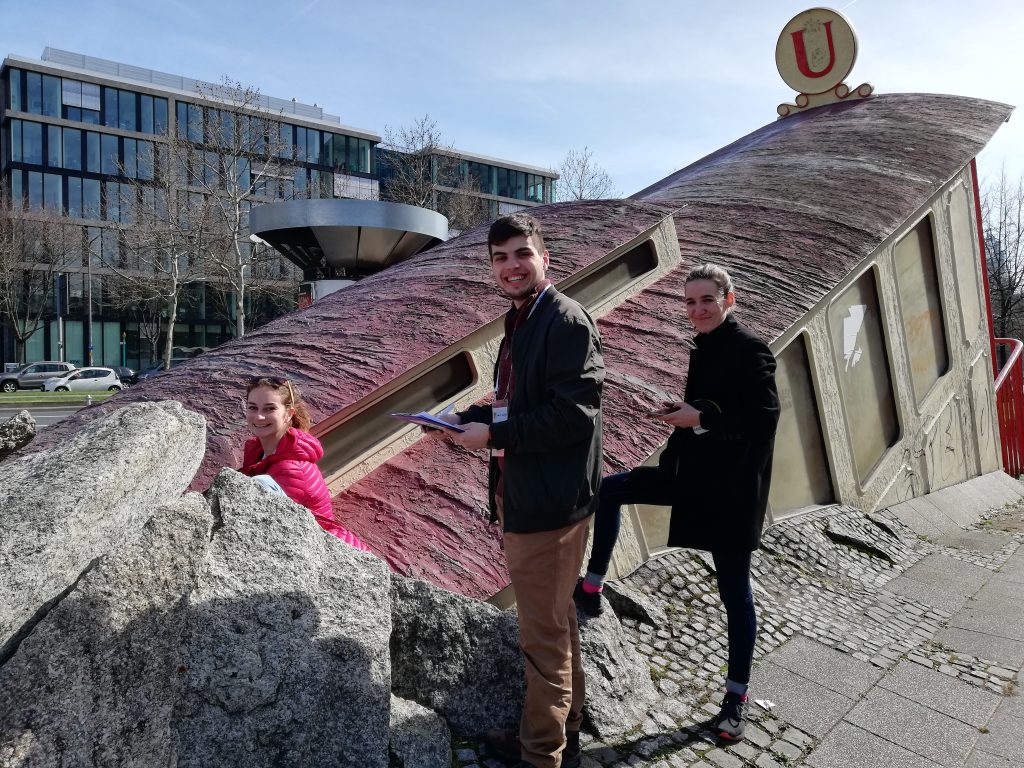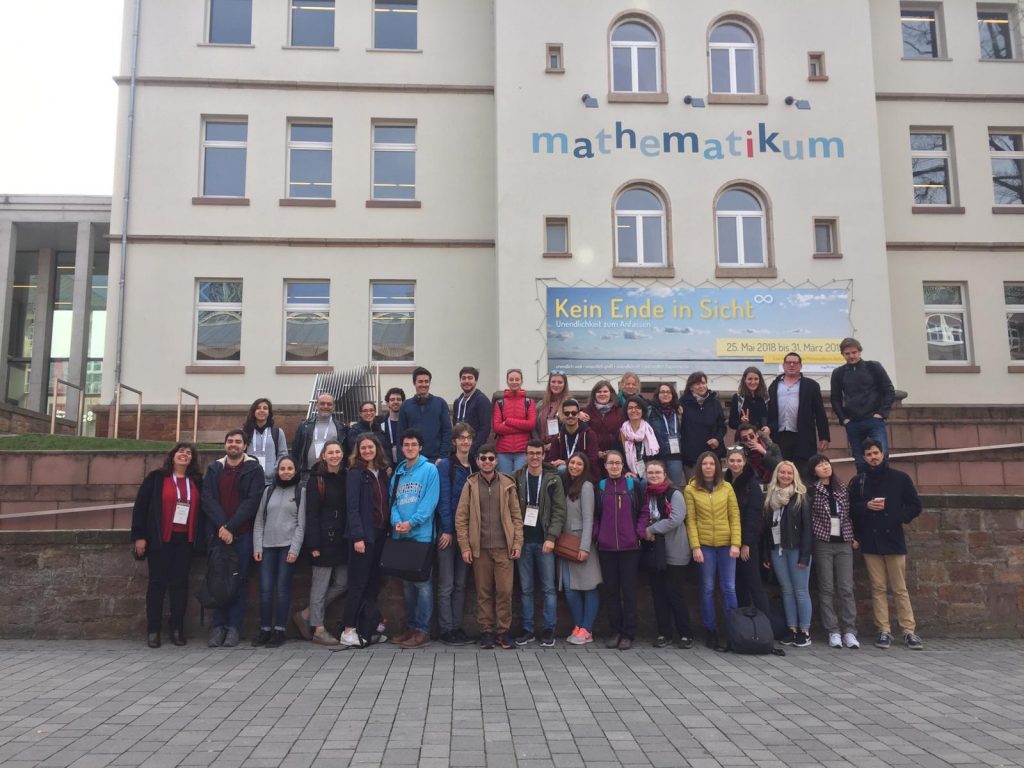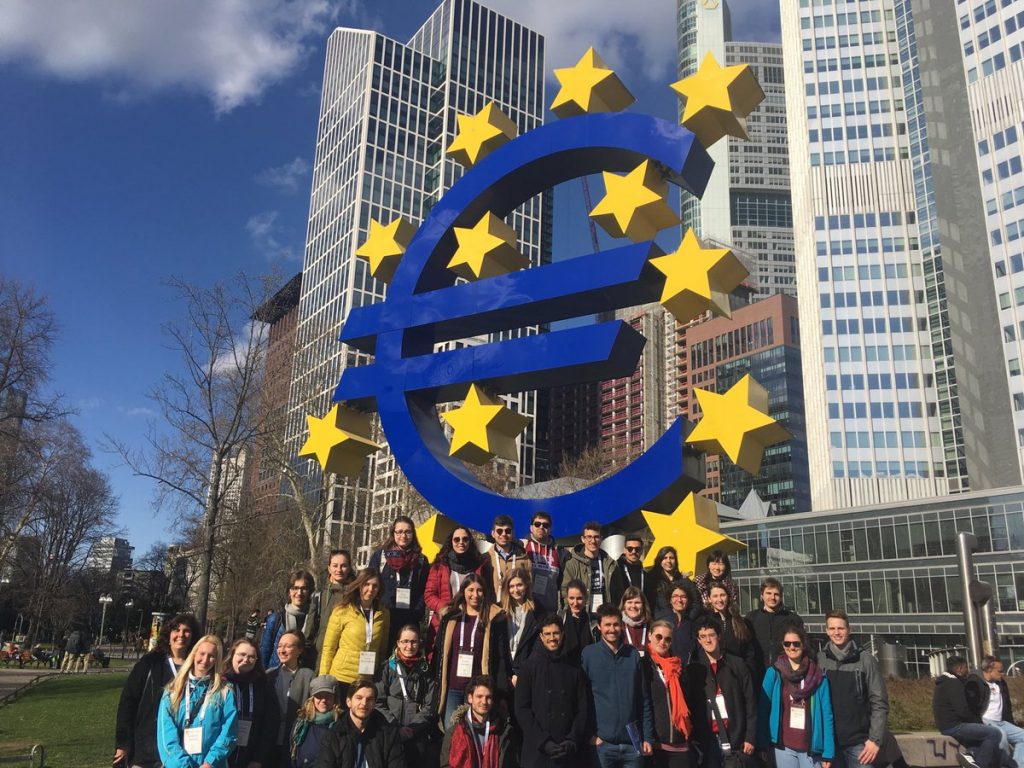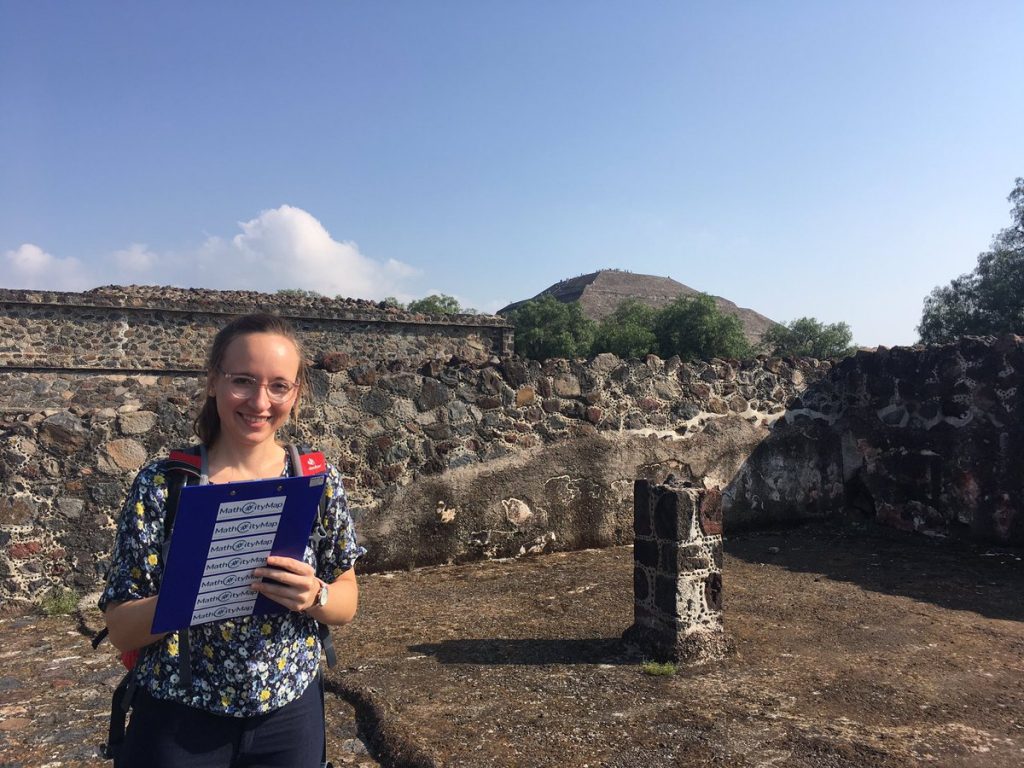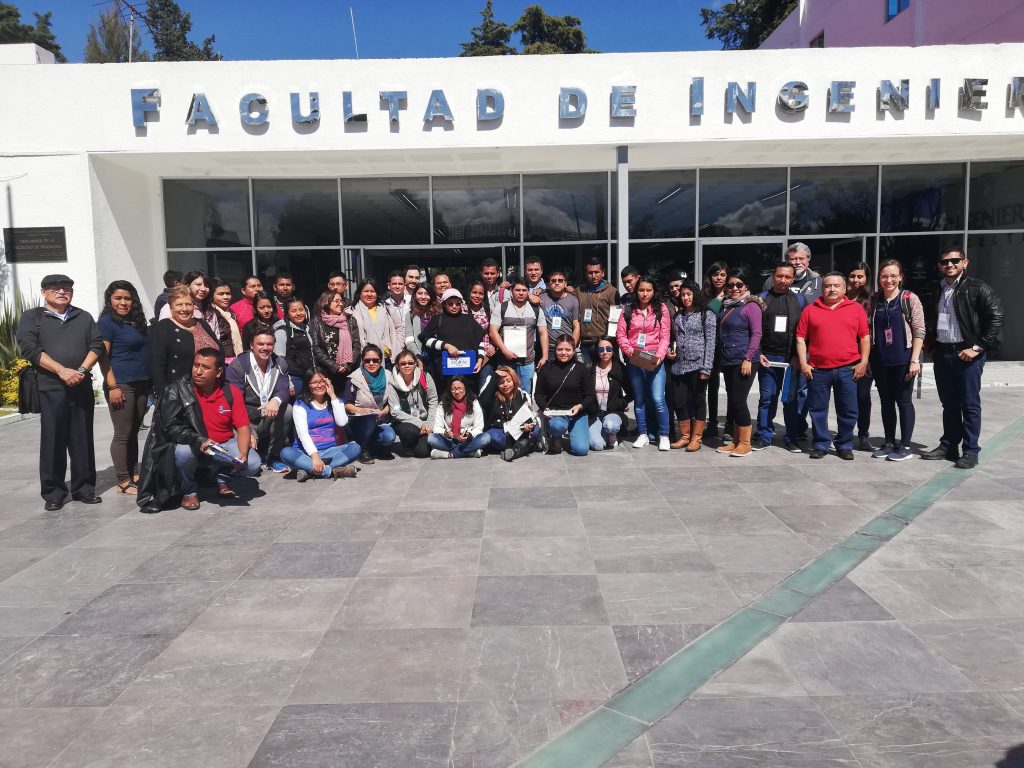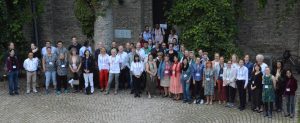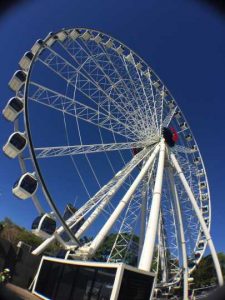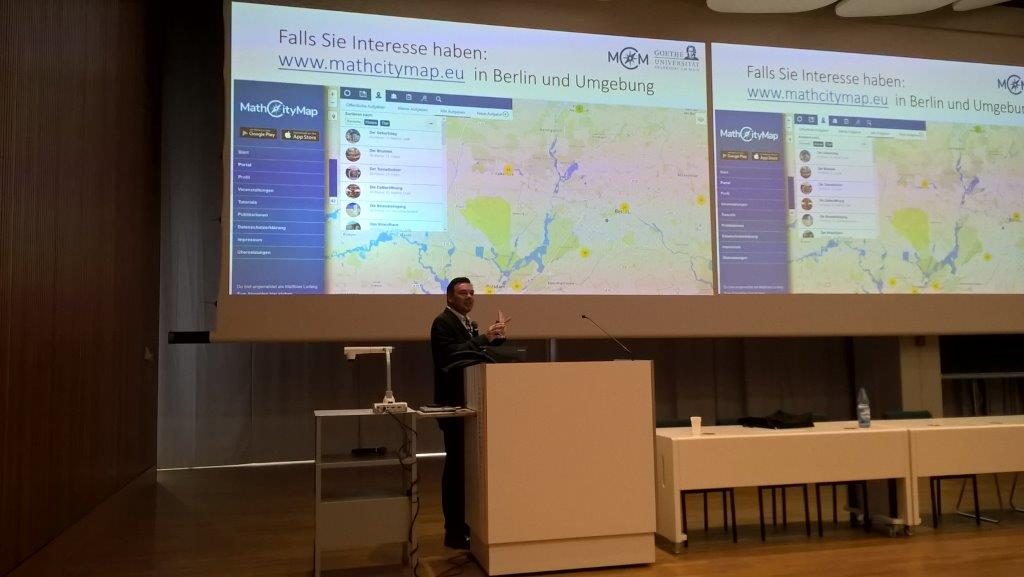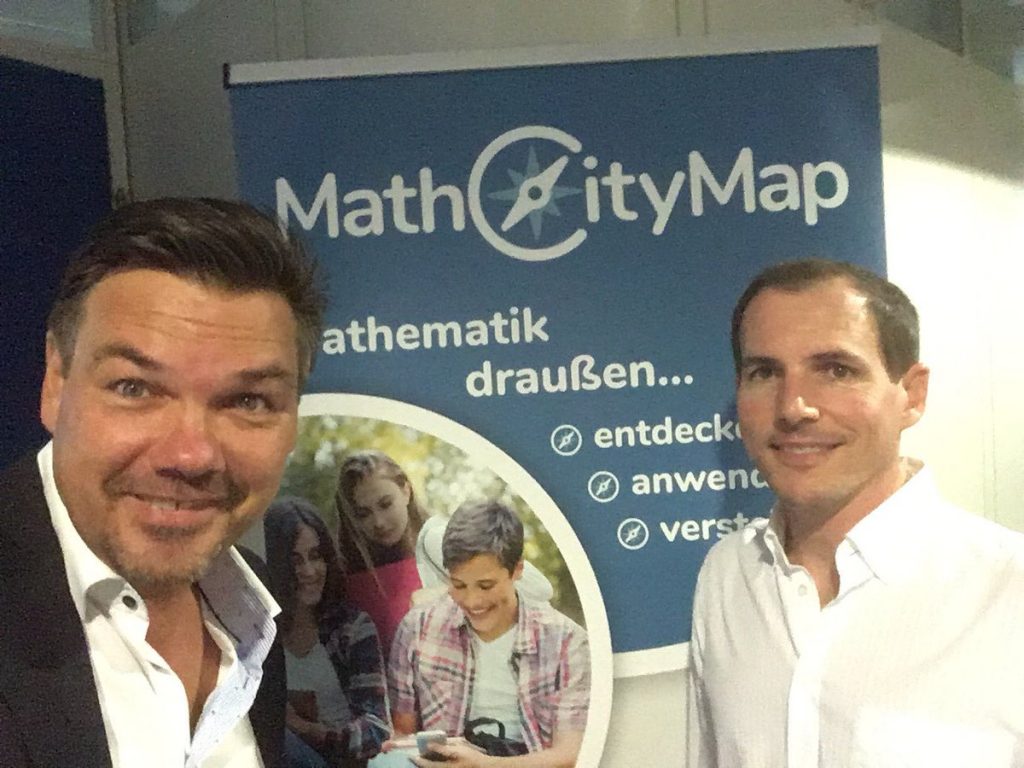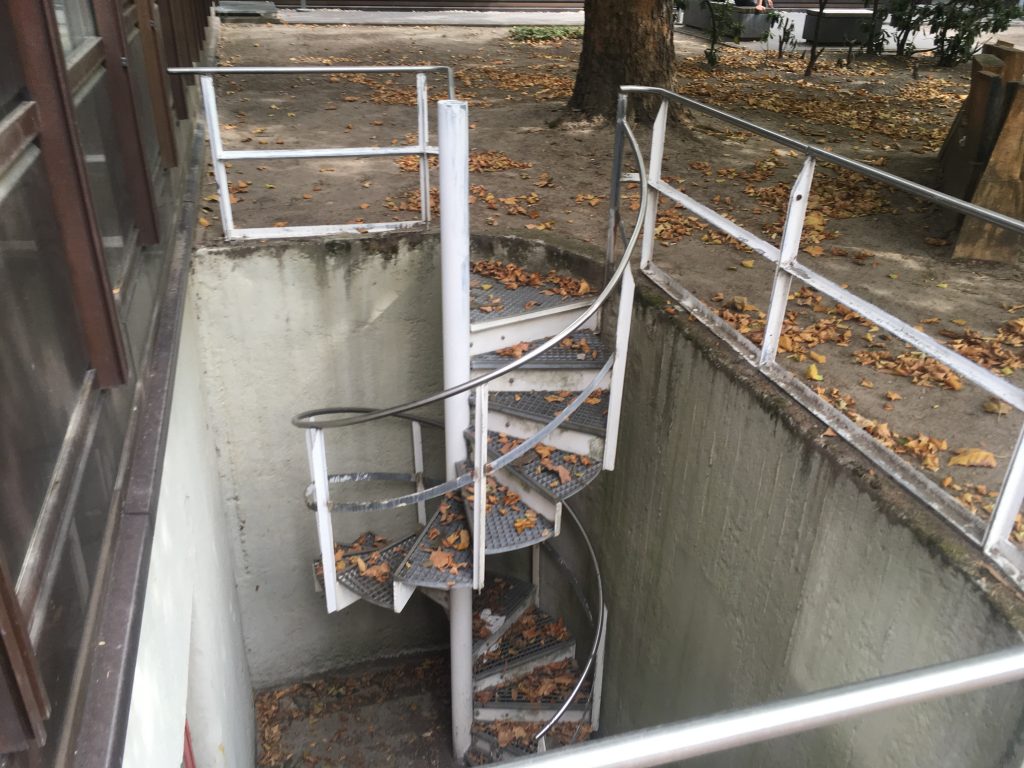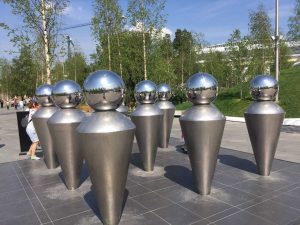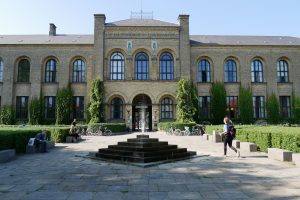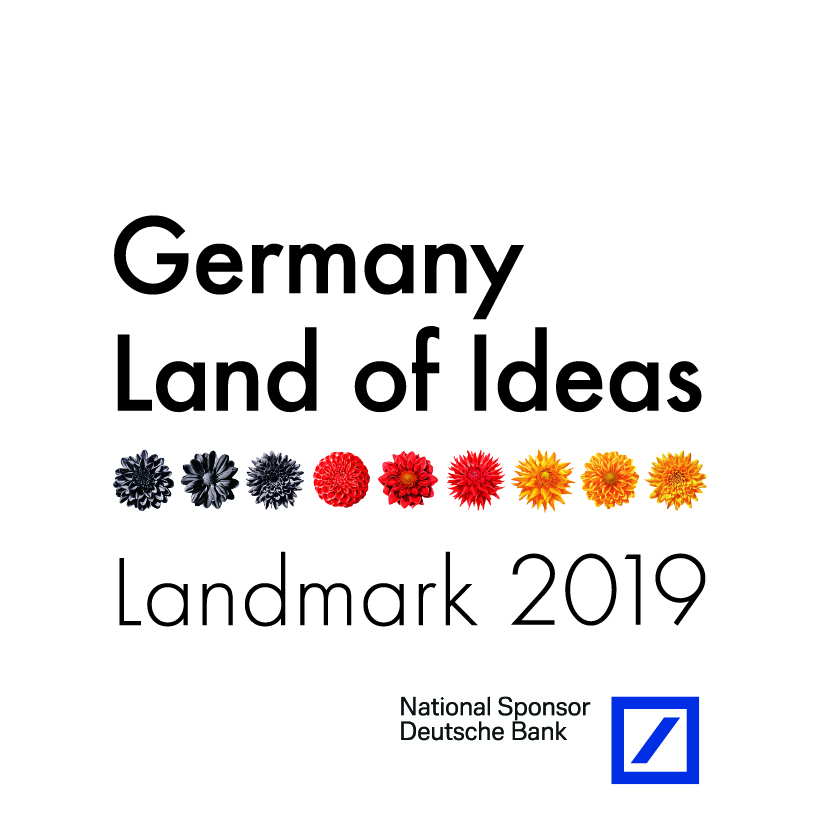
MathCityMap is one of the ten innovative winners of the competition “Landmarks in the Land of Ideas” 2019. According to the annual theme “Digitalising. Revolutionising. Motivating. Ideas for Work and Education in Germany and Europe”, the project shows how future-oriented innovations in the field of education and mathematics lessons can emerge. The initiative “Germany – Land of Ideas” and the Deutsche Bank have been organizing the competition since 14 years.

An independent jury selected MathCityMap out of around 600 applications. We are very pleased with this recognition and would like to thank all members of the MathCityMap community for their dedication and cooperation. This applies above all to our partners in the strategic partnership “Mobile Math Trails in Europe”, but also to many other national and international interested persons and task designers.
Digitization promotes progress
Christian Sewing, CEO of Deutsche Bank, congratulates the winners: “The ten winners of the “Landmarks” 2019 impressively demonstrate how important education and flexible working models are for our prosperity. For us, Deutsche Bank, it is important to make a positive contribution here.” [Translated from German].
Dieter Kempf, president of the Bundesverband der Deutschen Industrie (BDI and president of Land of Ideas e.V.) emphasizes: “Digitization is an important driver of innovation for tomorrow’s state-of-the-art and efficent working. Technical innovations and innovative collaboration projects open up great opportunities, but also make fitting preparations for the next generation and lifelong learning for the challenges of the future.” [Translated from German].
Innovations are promoted
The ten winners are looking forward to a competitive year full of highlights and professional support: “Germany – Land of Ideas” and Deutsche Bank will let the winners benefit from their network. They are invited to professional events in order to network with multipliers from politics and business, to promote themselves with the seal of approval “Landmarks in the Land of Ideas” and thus gain new customers, partners, sponsors and members. As part of the Made for Good Program, mentors from Deutsche Bank advise the award winners on their business plan, financing and communication issues.
Dedicated Partners: “Germany – Land of Ideas” and the Deutsche Bank
“Germany – Land of Ideas” is the joint innitiative of the Federal Government and the German economy, represented by the BDI. Deutsche Bank has been a partner and national sponsor of the competition “Landmarks in the Land of Ideas” sind 2006. The aim is to make innovations from Germany at home and abroad visible and to strengthen the performance and future of the location.





